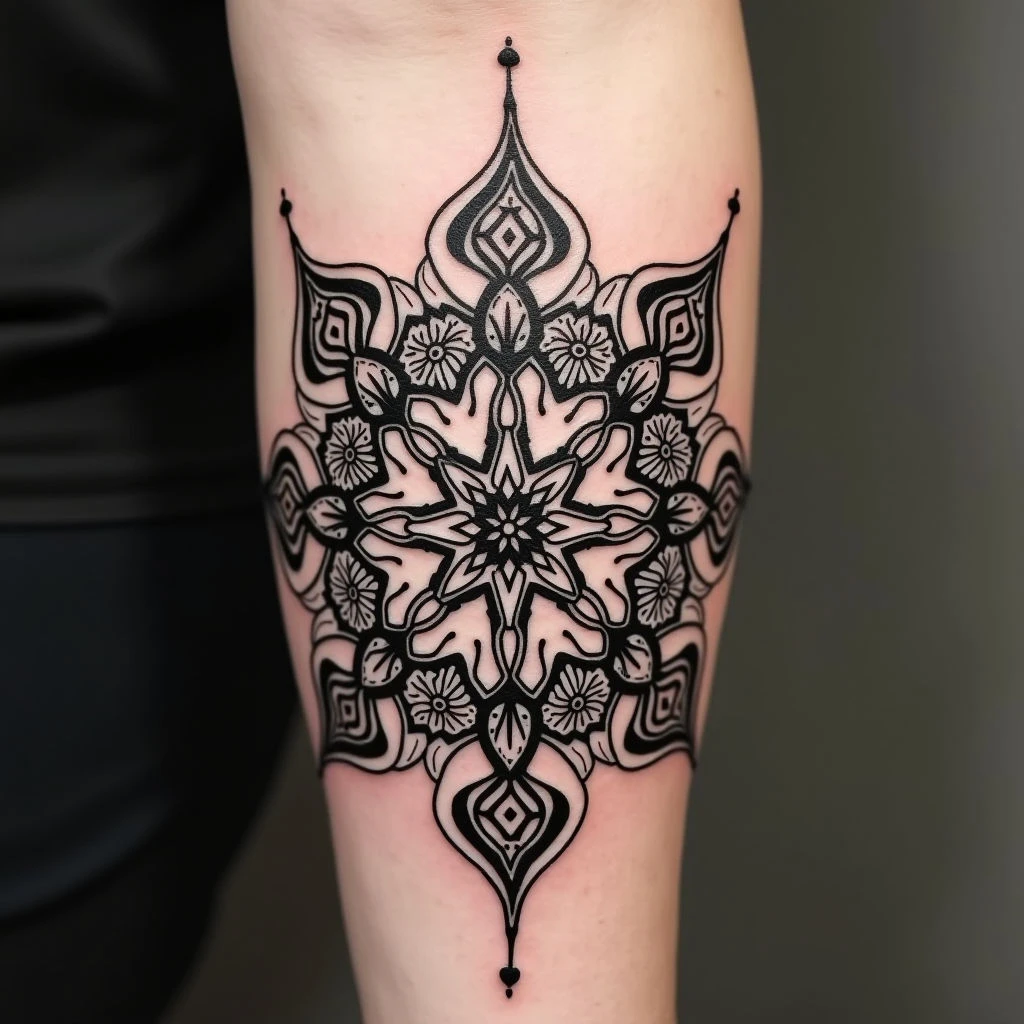Islamic Geometric Patterns: More Than Meets the Eye
Islamic geometric patterns are more than just visually stunning; they're repositories of profound symbolism rooted in mathematics, spirituality, and architectural tradition. These intricate designs, often found adorning mosques and historical buildings, represent the interconnectedness of all things and the underlying order of the universe.
Understanding the Foundations
At their core, Islamic geometric patterns are based on precise mathematical principles and sacred geometry—the belief that a fundamental harmony exists in the design of the cosmos. They frequently utilize principles like the Golden Ratio (divine proportion) to create visually balanced and aesthetically pleasing compositions.
Common Symbolic Elements & Their Meanings
- Stars & Polygons: Often symbolize divine light, celestial realms, and spiritual ascension. The number of points can carry specific meaning within Islamic theology.
- Repeating Tessellations: Represent the infinite nature of God and the cyclical patterns found in life, death, and rebirth.
- Interlocking Forms: Symbolize the interconnectedness of all creation – how seemingly disparate elements work together in a unified whole.
- Floral Motifs (Arabesque): While not strictly geometric, they frequently intertwine with geometric forms to represent growth, abundance, and paradise.
Beyond Aesthetics: A Spiritual Practice
For many practitioners, creating or wearing Islamic geometric tattoos is more than an aesthetic choice; it's a way to connect with a rich cultural heritage and express a deep spiritual understanding. Careful consideration should be given when choosing these symbols, ensuring respect for their origins and intended meaning.


